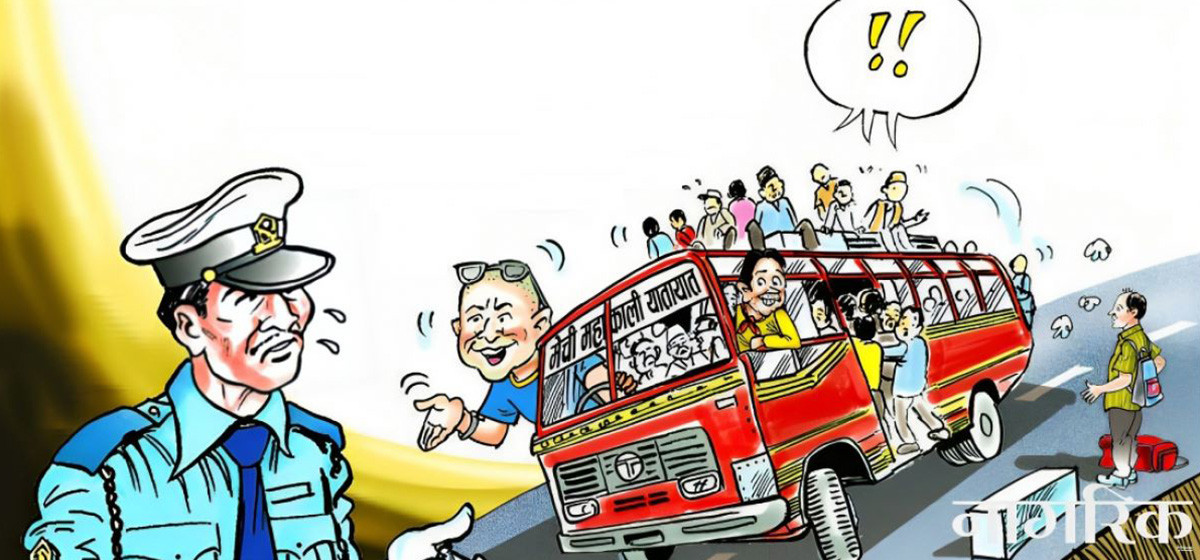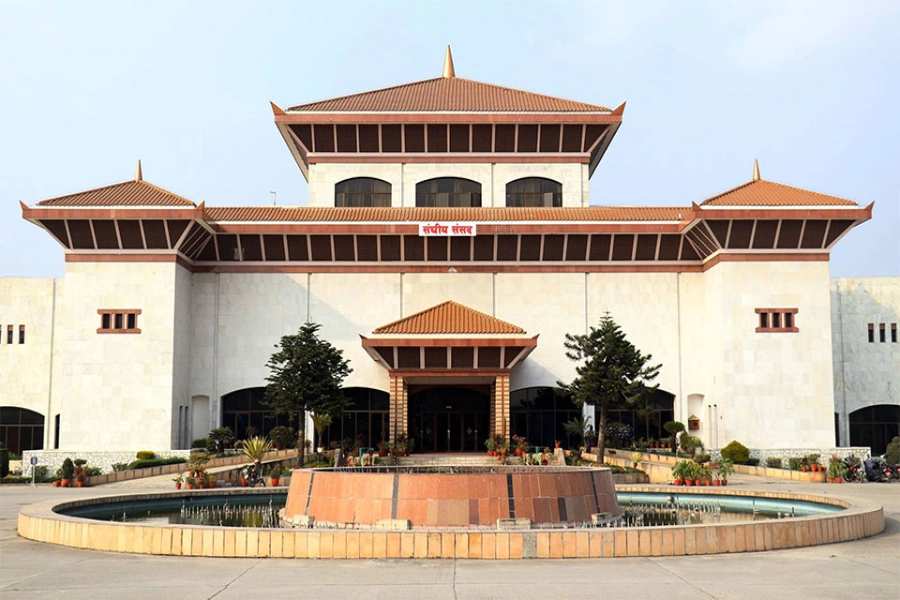The Kathmandu Valley Traffic Police Office’s recent report offers a beacon of hope in the ongoing efforts to curb the growing instances of road accidents and human casualties. Over the past three fiscal years (FY), the number of vehicle accidents and resultant fatalities has shown a significant decline. This success has been attributed to a comprehensive approach involving effective traffic management, public awareness programs, and strict enforcement of traffic rules. The reduction of road accidents by almost 17 percent in the past three FY serves as a model that can be replicated in other regions of the country. In FY 2021/2022, Kathmandu Valley recorded 10,733 vehicle accidents, resulting in 191 deaths. The number of fatalities dropped to 187 from 10,675 accidents in the following FY. In FY 2023/24, this further decreased to 177 deaths resulting from 8,881 accidents. Traffic police officials have attributed this improvement to a multi-faceted strategy that includes public awareness campaigns, stringent security checks, and a focus on effective traffic management.
When will it end?

The data reveal a 16.8 percent reduction in accidents and a six percent decrease in deaths compared to the previous FY. This is a commendable achievement and a testament to the efficacy of the measures implemented by the traffic police. The public awareness programs have been particularly impactful, educating road users on the importance of adhering to traffic rules and prioritizing safety. The benefits of these initiatives extend beyond mere statistics. Over 477,303 people have directly benefited from traffic-related activities, including traffic week programs, passenger-friendly campaigns, and awareness drives. The role of traffic police campaigns against driving under the influence of alcohol and drugs, reckless driving, and poor lane discipline cannot be underestimated in this regard. The traffic police have taken action against over 1 million traffic violators, collecting Rs 726 million in fines. These punitive measures, along with regular patrols, expanded checkpoints, and targeted safety checks, have contributed significantly to the reduction in accidents and fatalities.
The success in Kathmandu Valley should serve as a blueprint for the rest of the country. We urge government agencies, particularly the traffic police, to replicate these strategies in other regions, adapting them to local contexts as necessary. Regular patrols, comprehensive public awareness programs, strict enforcement of traffic rules, and targeted safety campaigns should be implemented nationwide. The government should also consider investing in better infrastructure and expanding the reach of traffic management systems to further enhance road safety. It is high time all concerned government agencies and other stakeholders joined hands to ensure safer roads and save hundreds of lives every year across the nation.



































